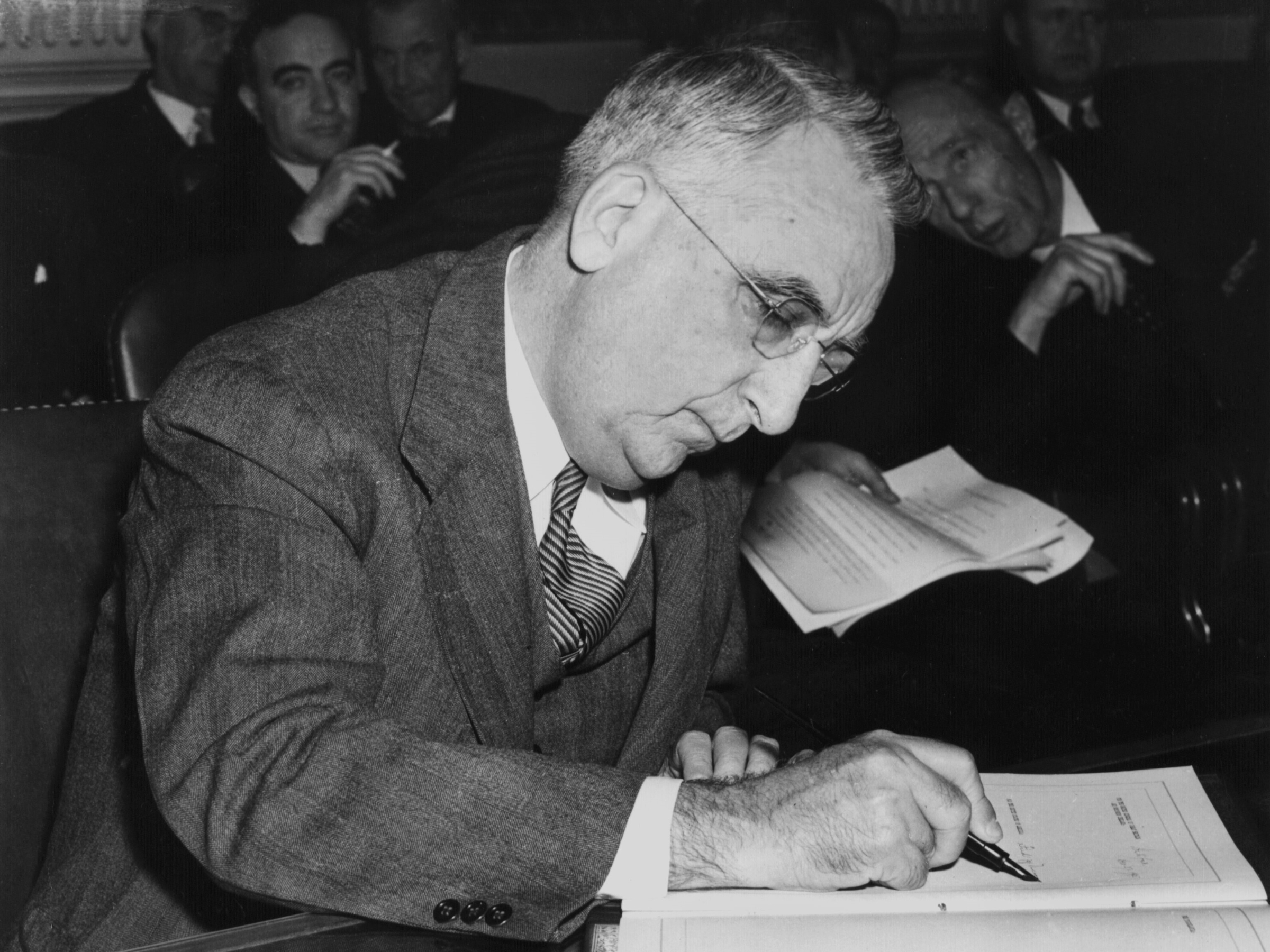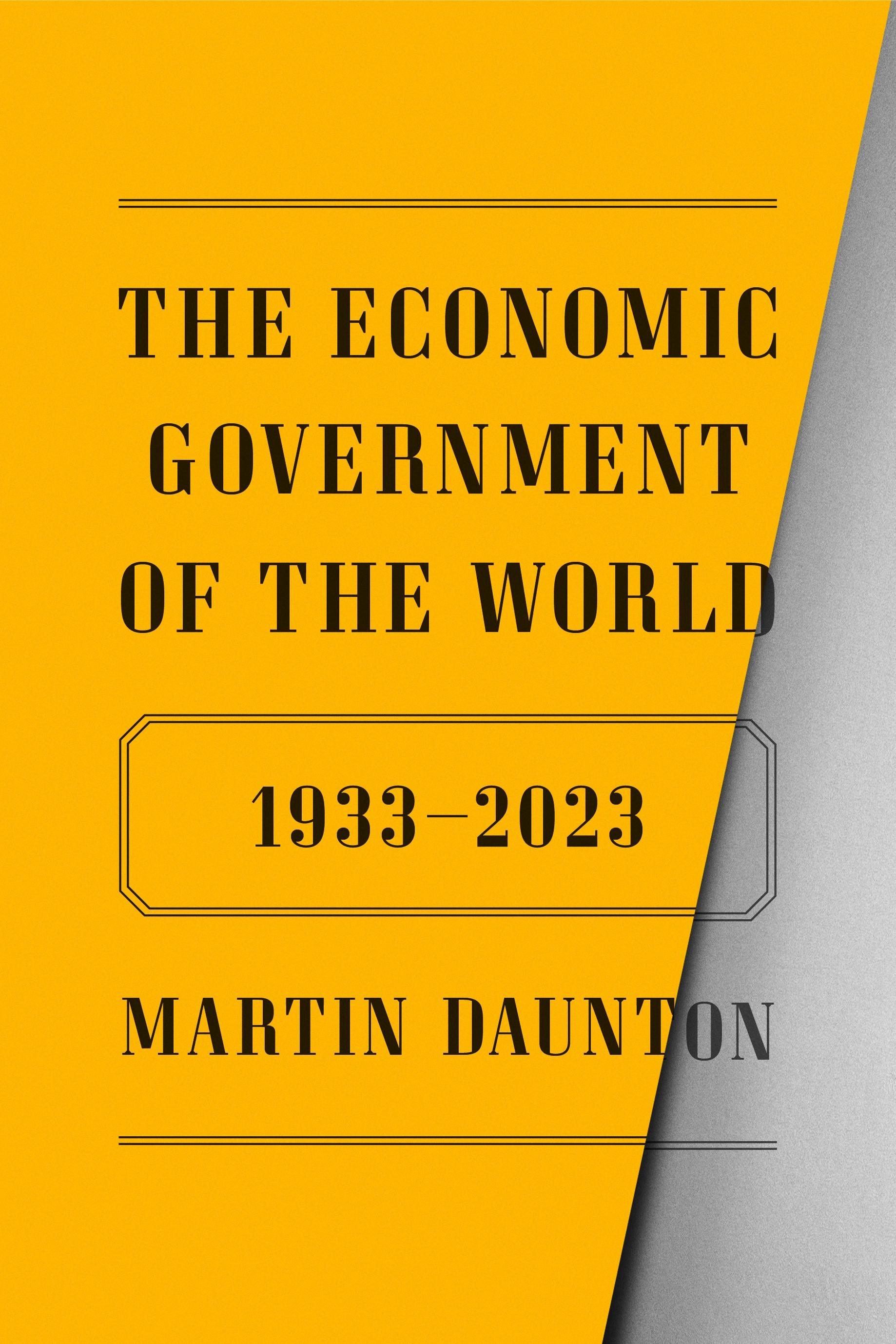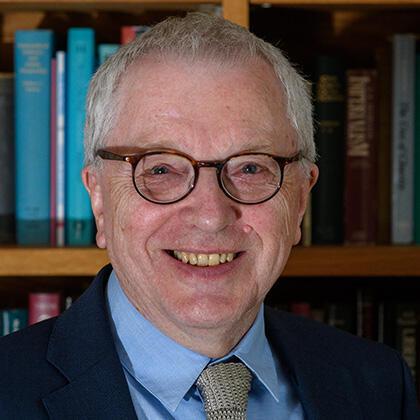Share post now

global
The Alliance Sud magazine analyses and comments on Switzerland's foreign and development policies. "global" is published four times a year (in german and french) and can be subscribed to free of charge.
Economic history
25.03.2024, Trade and investments
Eighty years ago, 43 countries met in the US resort town of Bretton Woods and laid the groundwork for the International Monetary Fund and the World Bank. The entire post-war order is often exaggeratedly ascribed to that conference. A recently published book puts things in perspective.

Fred M. Vinson, US Secretary of the Treasury, signs the Bretton Woods agreements in Washington, USA,
on 27 December 1947. © KEYSTONE / DPA DC /STR
Whenever the global economy shows signs of strains and stresses, the call for a "kind of Bretton Woods akin to what followed the Second World War" is never far away, said Klaus Schwab in the wake of the coronavirus crisis. A recently published book by economic historian Martin Daunton titled "The Economic Government of the World, 1933-2033", helps put the import of the Bretton Woods Conference in perspective.
The author shows that what 1944 represented was not the design of a coherent structure that merely needed to be implemented after the war so as to kick-start the post-war economic miracle. What instead occurred at the time was merely the launch of a quest. The post-war order was also shaped by altogether different forces, such as the Cold War (at Bretton Woods, the Soviet Union was still being envisaged as a fully-fledged partner), the related Marshall Plan, and the restoration of Germany's economic position in Europe, itself no less related. The system of currencies flexibly pegged to the dollar, itself in turn convertible to gold at a fixed exchange rate, functioned as envisaged at Bretton Woods only from 1958 to 1968.
There was a faction within the US Administration under Franklin D. Roosevelt, the Democrat President from 1933 to 1945, that also thought of the New Deal in international terms. Already in the early 1940s, it drew up plans for a public Inter-American Development Bank meant to undercut the power of Wall Street bankers and favour long-term public development funding rather than private investment. In 1940, the officer with competence for Latin America at the US State Department said that this would usher in a system where finance would serve trade and development (...) in direct contrast to the earlier system, which was based on the notion that development and trade should serve finance. Resistance from Wall Street and in Congress did temporarily scuttle these plans, but the matter had become a topic in its own right, thanks to the discussion around an "International Bank for Reconstruction and Development" (IBRD, still the official name of the World Bank today) in Bretton Woods.
The Bretton Woods Conference was dominated by the USA and Great Britain, and substantial elements of it had been negotiated beforehand. But countries of the Global South were also represented – provided they were already independent (such as in Latin America) or semi-autonomous (such as India). Still completely dependent on commodity exports at the time, Australia, too, shared the same concerns. The conference on the monetary and financial order was not, however, the only forum in which to address their priorities. Already in 1943, a conference had been held on food and agriculture, followed by one on labour a year later, where Australia attempted in vain to establish full employment as pillar of the post-war order on a par with the monetary and trade aspects.
"The Economic Government of the World, 1933-1923" (published by Farrar, Straus and Giroux, November 2023, 986 pages) takes you behind the scenes of the institutions that have shaped the global economy over the last ninety years.

The USA and the UK had already agreed on the core elements of the International Monetary Fund, whereby members could peg their currencies to the dollar, which in turn would be convertible to gold at a fixed rate. The underlying idea was to combine stability and flexibility in the monetary system so as to enable countries with trade deficits to devalue their currencies in a controlled manner, thereby avoiding austerity and unemployment. This went hand-in-hand with capital controls designed to shield countries from destabilising capital flows. The US chief negotiator at Bretton Woods, Harry Dexter White (his British counterpart was the economist John Maynard Keynes, to whose economic philosophy – Keynesianism – the entire post-war order would later be attributed), wrote in an early draft of the monetary order that countries should prevent capital flows that served to help the rich avoid "new taxes or social charges".
The USA and the UK also proposed a decision-making model that was linked to the monies paid into the fund, based on the principle of "one dollar, one vote". This conferred disproportionate influence on the UK and veto power on the USA. China and India, backed by Australia, the Latin American countries and France, protested in vain against this. To this day, the quota issue – now rendered all the more urgent by the altered balance of economic power across the global economy – remains unresolved.
There were 19 Latin American delegations at Bretton Woods. Their spokespersons underlined the specific trade balance-related problems affecting countries that were dependent on commodity exports. Their primary concern was not with currency matters but instead with the sharply fluctuating prices of mineral and agricultural raw materials. These countries therefore tried to add development issues to the mandate of the International Monetary Fund (IMF): they called for commodity agreements to stabilise prices and for leeway to promote and protect their own industries so as to reduce their dependence on imports. Their efforts were largely unsuccessful, and while the "Articles of Agreement" of the IMF do contain a commitment to development, implementation is left up to the IBRD, that is to say, the World Bank.
The invitation to the Bretton Woods Conference clearly prioritised the monetary fund – for which "definite proposals" were to be formulated – over a bank for reconstruction. For the delegations from the Global South, however, key aspects of the discussion on the IBRD were of great relevance. One centred on whether the bank should primarily guarantee private investments or grant loans independently. The UK and the representatives of Wall Street wanted a bank that would primarily coordinate and secure private transactions. That was not surprising, as the UK was still the leading financial centre – 70 per cent of global financial transactions were taking place in sterling even after the war – before Wall Street overtook the City of London. A second question revolved around the matter of "reconstruction" versus "development" in the Bank's mandate. Lastly, there was the related matter of whether the Bank would be able to grant loans that yielded no direct economic return, such as for structural sewerage or health programmes that boost a country's long-term productivity, or strictly for specific projects that are also of commercial interest – a power plant for example. Anyone following the current discussions regarding the World Bank would be hard put not to utter a "sounds familiar" – even 80 years on.
The upshot was a compromise that placed reconstruction and development of IBRD members on an equal footing. There was not much flexibility on the other issues, however. Just 20 per cent of the capital could be granted directly as loans (the remainder was earmarked for securing private investments) and indeed – barring (unspecified) exceptional cases – only for specific projects with a "productive purpose".
While the discussion and decision-making revolved only around the Monetary Fund and the World Bank in 1944, thought had nonetheless been given from the onset to an international trade organisation as the third pillar of the global economic order. Here too, the aim was to prevent conditions like those that prevailed during the interwar period, when countries erected high protective tariff walls and engaged in trade wars (Daunton prefaces his book with a quote from Donald Trump: "Trade wars are easy to win").
After the disillusionment of Bretton Woods, and now reinforced by an independent Indian subcontinent, the countries of the Global South placed their hopes in the negotiations on the International Trade Organisation (ITO). These talks took place in Geneva in 1947 and in Havana in 1948. The non-industrialised "developing countries" made up a majority at the Havana Conference. That meeting was overshadowed by the Marshall Plan, and many countries of the Global South were hoping or expecting to benefit from aid on the same terms. It nevertheless became increasingly apparent to them that this would not be the case (even though the official USA refusal came only after the conference). Spearheaded by the countries of Latin America and by India, the "developing countries" used their majority at the Havana Conference to make the ITO Charter more rigorous by incorporating the demands they had failed to obtain at Bretton Woods: restricting free trade so as to build up their own industries, preferential tariffs and commodity agreements. Furthermore, the ITO was to operate by the principle of "one country, one vote".

Martin Daunton is Emeritus Professor of Economic History at the University of Cambridge. He is currently a visiting professor at Gresham College in London.
This all came to nothing when US President Truman decided, in December 1950, not to submit the agreement to Congress. Most other industrialised countries had made their approval contingent on that of the USA, with the result that the ITO died a quiet death in the early 1950s. What remained was the General Agreement on Tariffs and Trade (GATT), which had already been negotiated in 1947 and provided for gradual tariff reductions. It was only in 1994, with the founding of World Trade Organization (WTO) in an entirely different context and after seven years of negotiation, that the architecture was completed as originally planned.
The post-war economic order was termed "embedded liberalism" by John Ruggie (later to become the UN special representative on human rights and transnational corporations). Martin Daunton asserts that to the countries of the Global South, what was being embedded was "a form of neo-colonialism and a global economy based on the interests of the advanced industrial economies."
Their demands did not simply vanish into thin air, however; they were revived in the United Nations starting in the 1960s. Decolonisation had altered its membership, with 16 African countries joining the UN in 1960 alone. The first United Nations Conference on Trade and Development (UNCTAD) took place in Geneva in 1964. In the 1970s, debates on the "economic government of the world" were dominated by the theme of a new international economic order, which the South had placed on the agenda. After years of negotiations, Ronald Reagan and the Latin American debt crisis of the 1980s put paid to that attempt.
Many of the structural problems raised by the South at Bretton Woods are still unresolved today. Hence the reason why the reference to that Conference still makes sense even after reading Martin Daunton's book, which puts the import of the Conference in perspective. This is especially true with regard to the following aspect of the briefing by UN Secretary-General António Guterres to the General Assembly in 2023: "It is time for a new Bretton Woods moment. A new commitment to place the dramatic needs of developing countries at the centre of every decision and mechanism of the global financial system."
Share post now

global
The Alliance Sud magazine analyses and comments on Switzerland's foreign and development policies. "global" is published four times a year (in german and french) and can be subscribed to free of charge.